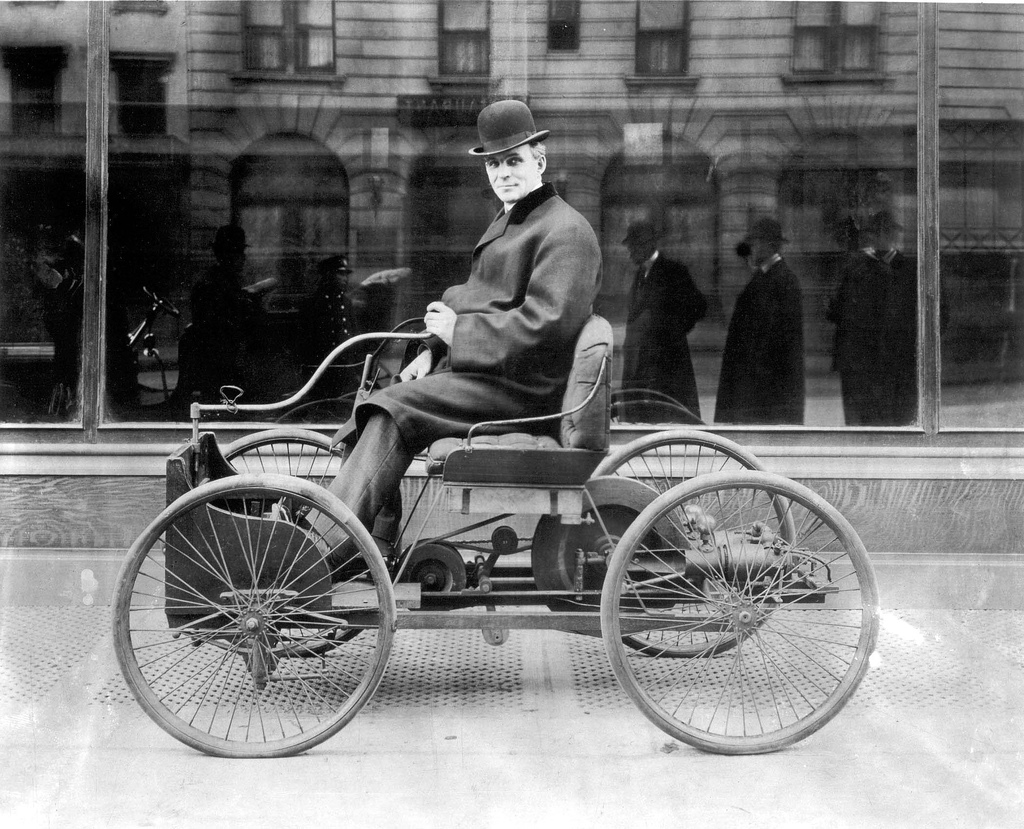Is the Flipped Model Disruptive?

We hear about “disruptive” technology all the time, but what does it really mean? Too often the label is misapplied to technologies that simply improve efficiency while preserving an old model. For a technology to be truly disruptive it needs to bring about a fundamental change in how we do things. When it comes to educational technology, many existing tools allow traditional teachers to continue delivering lectures and assessing with short-answer tests. Technology that makes this process more efficient is not disrupting pedagogy, it’s perpetuating it.
Over the last few years the “flipped classroom” has been described as disruptive to traditional approaches. We frequently hear it described as “lecture at home, homework in class” or some variation on that theme. The problem is that neither lecture nor homework seem especially disruptive. Lecture and homework are still lecture and homework regardless of the order or location in which they are given.
Sometimes we see new technologies through an old lens. When the automobile became popular it was described as a “horseless carriage” because the disruption to the old model was still a few decades in the future. The future was there, it just wasn’t evenly distributed yet. Automobiles were disruptive because they allowed people to move out of cities and into the suburbs. Close-knit city communities didn’t realize that the suburbs were about to disrupt their way of life. They may have anticipated disruption to the horses, but not to our way of life. Many proponents of the current flipped class model are still teaching with horseless carriages. The real disruption of asynchronous, web-based technology is not evenly distributed yet either.

While true expertise in any given subject is still scarce, information about that subject is not. So why do we still create flipped classrooms with an information-scarcity mindset? We no longer need to give lectures that will be passively consumed either in the classroom or in the home. Students can find answers to anything if they are presented with the right questions and given quality feedback.
The flip is not about re-sequencing content delivery, it is about switching who asks the questions and who gives the answers. It’s about moving from a broadcast model to a conversation model. At VoiceThread, we value conversations over presentations so let us know what you think in the comments below.
